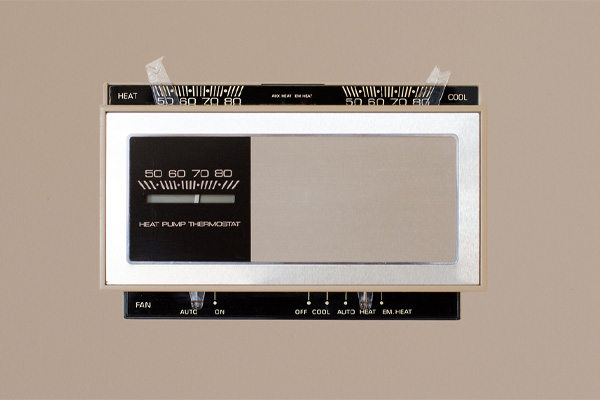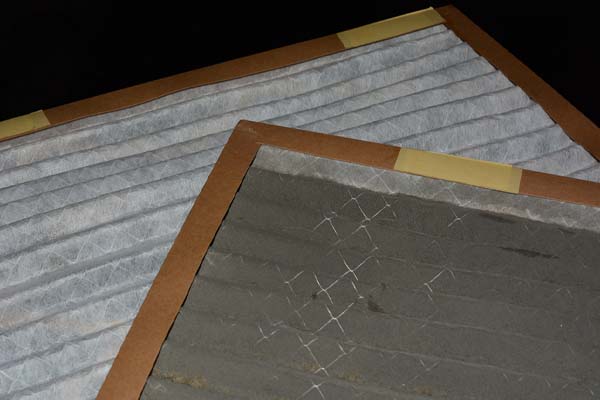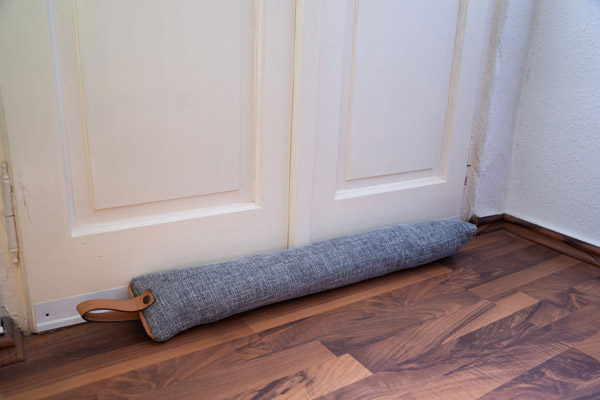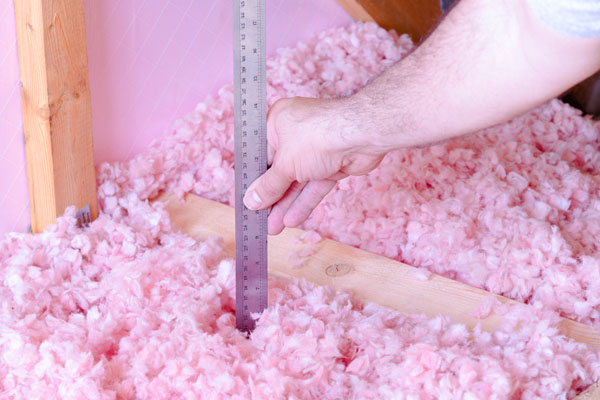10 Winter Hacks for a Warmer House Without Cranking Up the Thermostat

Your home should serve as a warm refuge from the frigid winter temperatures. If you find yourself shivering indoors, you might be eager for more heat. Many individuals quickly head to the thermostat to increase the warmth. While this approach is effective, it also leads to higher energy expenses – a compromise that’s less than ideal. Fortunately, there are alternative strategies, or heating hacks for home, to enhance indoor comfort without causing a surge in your energy bills. Below, we’ve compiled a list of heating techniques for your home during winter, without resorting to cranking up the thermostat.
10 Winter Heating Tips to Keep Warm Without Turning Up the Thermostat
Contents
Continue reading for some helpful home heating suggestions that can boost your comfort throughout the winter season.
Related Article: 7 Must-Have Accessories To Improve HVAC Performance
Upgrade Your Thermostat

Your heating needs change throughout the day, so your thermostat settings should adapt accordingly. Manually adjusting temperatures at different times can be cumbersome. An improved approach is to automate this process. Consider upgrading to a smart or programmable thermostat that can make temperature adjustments seamlessly. These affordable devices are user-friendly, and some can even detect movement to determine if the house is empty, thus optimizing heating efficiency.
Regularly Change Your Air Filters

Air filters are essential for HVAC systems to capture impurities like dust, dirt, dander, and pollen. This not only promotes a healthier indoor environment but also maintains the system’s performance. However, these filters have a limited lifespan. Accumulated dirt can block airflow and lead to heating issues. Check your air filters every month and replace them when necessary to prevent such problems. New filters not only reduce energy consumption but also enhance the system’s overall efficiency.
Seal Door Drafts

Doors often have small gaps between them and the frames to prevent scraping. However, these gaps can allow cold air to enter your home, decreasing indoor temperatures and making your heating system work harder. A solution is to use a door draft stopper placed in front of the door. You can create one using fabric and sand, or buy a ready-made product online. The key is to ensure it covers the entire width of the door to block cold air from entering underneath.
Related Article: Why Is HVAC Airflow So Important For My Home?
Enhance Window Insulation
While windows offer a view to the outside, they can also let heat escape. Installing double-pane windows can mitigate this, but it can be expensive. Alternatively, using plastic film is a quicker and more affordable option. Window insulation kits with plastic film are available at reasonable prices. These kits effectively block cold drafts. Simply cut the film to fit your windows, attach it with adhesive tape, and use a hairdryer to seal it in place. The film can be easily removed without leaving residue when winter is over.
Seal Window Gaps
Improving window insulation isn’t enough. It’s also important to seal gaps around your windows. Replace old caulking that’s damaged and add weatherstripping to prevent cold air infiltration. These measures contribute to maintaining a warm and comfortable home. Both interior and exterior gaps should be addressed, and while some prefer DIY, professional assistance can also yield better results.
Related Article: Which Is More Efficient, A Fireplace Or Furnace?
Welcome Sunlight Indoors
The sun is a natural source of heat that you can use to warm your home without any cost. Harnessing the sun’s warmth can elevate indoor temperatures and reduce your reliance on the furnace, especially during daylight hours. Simply draw your curtains and open blinds to allow sunlight in. Keep in mind that the sun’s position changes throughout the day, affecting different rooms. Close window treatments at night to prevent heat from escaping.
Reverse Fan Rotation
Ceiling fans have reversible blade rotations that impact airflow direction. During summer, a clockwise rotation helps cool the room. In winter, a counterclockwise rotation pushes warm air down. This is especially helpful when temperatures are chilly. Don’t underestimate this simple trick – try it and feel the difference promptly.
Related Article: How HVAC Comfort Zones Cut Energy Costs
Keep Interior Doors Open
While it’s advisable to keep exterior doors closed to prevent cold air from entering, interior doors can be left open to improve air circulation. This strategy contributes to even heating throughout your home. This is particularly effective for rooms with vents connected to the central heating system. If there are spaces you don’t want to heat, you can keep their doors closed.
Assess and Boost Insulation

No matter how high you set your thermostat, inadequate insulation leads to heat loss. Evaluate your existing insulation, paying attention to the attic, basement, and exterior walls. If the insulation is outdated or damaged, consult an insulation expert to discuss ways to enhance efficiency and comfort. Opt for insulation materials with high R-values and moisture resistance. It’s best to conduct this assessment in the fall to allow ample time for upgrades if needed.
Generate Additional Heat
Your HVAC system isn’t the sole source of warmth within your home. Appliances like stoves and ovens emit heat, even if that’s not their primary purpose. For a quick warmth boost, consider baking or cooking. Once your culinary creation is ready, open the oven door to allow the heat to disperse in the kitchen. Be cautious to prevent accidents, especially if you have kids or pets around.
Related Article: How AFUE Ratings Determine The Efficiency Of Home Heating Equipment
Conclusion
There are various ways to generate warmth without solely relying on your HVAC system. Leverage the sun’s energy, control ceiling fan rotation, and utilize cooking appliances. To enhance heat retention, focus on improving insulation, sealing windows, and maintaining door closures. For your HVAC system, consider a programmable thermostat and regular filter replacements. For more advanced heating solutions, consulting HVAC professionals with experience is recommended.
Related Article: What Are 3 Ways That You Can Tell If Your Heater Is Energy Efficient?
Call Townsend Energy For All Of Your HVAC Requirements

Townsend Energy stands at the forefront of delivering exceptional heating and cooling solutions across Northeastern Massachusetts, Southern New Hampshire, and Maine. We employ highly skilled, certified technicians who are proficient in providing top-notch HVAC tune-ups, repairs, installations, and replacements. Our technicians have the knowledge and experience to service your HVAC system with precision.
At Townsend Energy, we offer the region’s most competitive rates for heating and cooling services. Our maintenance and repair services are designed to enhance comfort, elevate energy efficiency, and reduce HVAC expenses. If you need HVAC repairs or replacements, we are well-equipped to recommend the ideal solution for your home while sticking to your budget. All our work is backed by a satisfaction guarantee. Contact us today to schedule a service or maintenance appointment. We would love to provide you with a complimentary, in-home estimate.
Contact us now at (800) 722-4101 to find out more! Click the link to view our service area.
